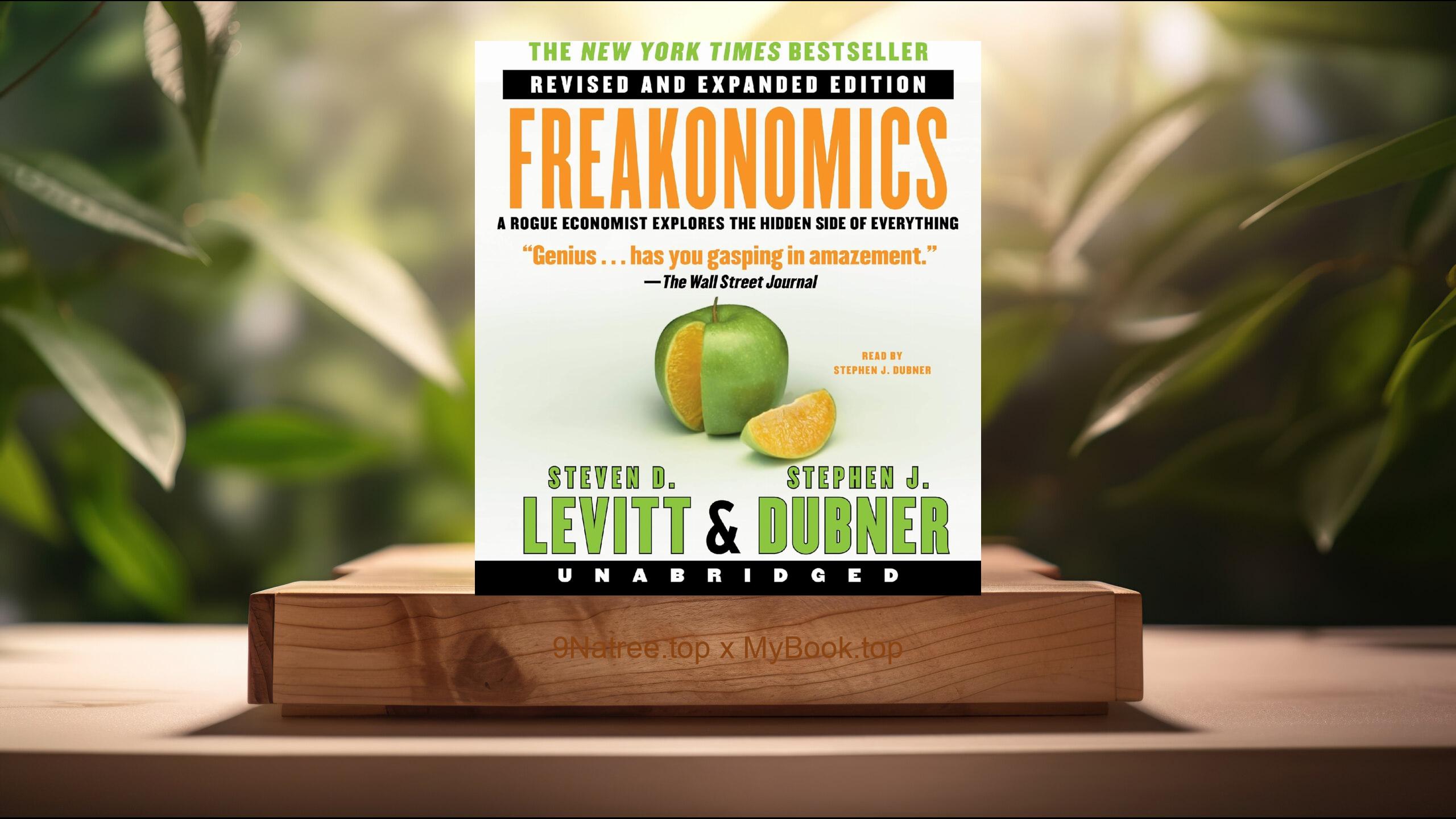Show Notes
Buy on Amazon: https://www.amazon.com/dp/B06XCCVDNR?tag=9natree-20
Read more: https://mybook.top/read/B06XCCVDNR/
#globalpoverty #economicdevelopment #behavioraleconomics #microfinance #healthcareaccess #educationalinterventions #financialinclusion
These are takeaways from this book.
Firstly, The Economics of Being Poor, This section discusses the unique economic behaviors and decision-making patterns observed among the poor. Banerjee and Duflo elucidate how scarcity influences priorities and choices, often leading to decisions that, while rational under specific conditions, perpetuate poverty cycles. They highlight that contrary to common belief, the poor are incredibly adept at managing limited resources; however, their financial strategies and choices are often constrained by the immediate pressures of survival. This insight into the economic rationale of impoverished communities challenges stereotypes and underscores the importance of designing financial products and policies that align with the actual needs and behaviors of the poor.
Secondly, The Role of Education, Banerjee and Duflo devote a significant portion of their analysis to the role of education in breaking cycles of poverty. They examine the often complex relationship between educational attainment and economic improvement. The authors document various impediments to education in impoverished contexts, including quality of teaching, relevance of curriculum, and economic pressures to join the labor force. However, they also demonstrate through case studies how targeted interventions, such as conditional cash transfers for school attendance or programs to improve teaching quality, can make a substantial impact. This section argues for a nuanced understanding of education's role in poverty alleviation, emphasizing that improving access to education is just as important as ensuring its quality and relevance.
Thirdly, Healthcare and its Economic Impacts, Healthcare is analyzed both as a fundamental human right and a critical economic issue. The authors discuss how poor health and the lack of access to affordable healthcare services perpetuate poverty by reducing work productivity, draining household resources, and creating cycles of health-related debts. By presenting data from various health interventions, such as subsidized health services or free distribution of mosquito nets to prevent malaria, Banerjee and Duflo illustrate the positive economic impacts of accessible healthcare. They advocate for more investment in healthcare infrastructure and innovative policies that prioritize the health needs of the poor, suggesting that such initiatives can yield significant economic benefits by improving productivity and reducing poverty.
Fourthly, Microfinance and Financial Inclusion, This section delves into the potential of microfinance and other financial inclusion strategies to lift people out of poverty. While microfinance has been heralded as a panacea for poverty alleviation, Banerjee and Duflo present a more nuanced view. They examine the successes and limitations of microfinance, showing that while it can prove empowering for some, it is not a one-size-fits-all solution. The authors argue for the development of a broader range of financial products tailored to the unique needs of the poor, including savings products, insurance, and access to credit. They stress the importance of financial literacy and regulatory frameworks that protect the interests of the poor, arguing that well-designed financial inclusion strategies can play a critical role in poverty reduction.
Lastly, The Power of Information and Behavioral Economics, In this final topic, Banerjee and Duflo explore how information asymmetries and behavioral biases can impede economic decisions and perpetuate poverty. They discuss the importance of providing the poor with access to accurate information, whether it's about healthcare, financial products, or entitlement programs, to enable better decision-making. Drawing on principles from behavioral economics, the authors highlight how small nudges — such as sending text message reminders for vaccinations or making small changes to the way options are presented — can have large impacts on behavior. This section underlines the potential of integrating behavioral insights into poverty reduction strategies, suggesting that addressing cognitive biases and information gaps can significantly enhance the effectiveness of development programs.
In conclusion, ‘Poor Economics’ is an essential read for policymakers, development practitioners, economists, and anyone interested in understanding the multifaceted nature of global poverty and the innovative strategies that can be employed to combat it. Abhijit V. Banerjee and Esther Duflo’s rigorous analysis and compassionate approach provide a new framework for thinking about poverty, one that is deeply grounded in respect for the poor’s decisions and insights. The book demonstrates that with the right interventions, informed by thorough research and tailored to the nuanced preferences and constraints of the poor, significant progress in the fight against global poverty is achievable. The insights gleaned from ‘Poor Economics’ can benefit not only those directly involved in development work but anyone seeking a deeper understanding of human behavior and the economic systems that shape our world.
![[Review] Poor Economics: A Radical Rethinking of the Way to Fight Global Poverty (Abhijit V. Banerjee) Summarized](https://episodes.castos.com/660078c6833215-59505987/images/1699831/c1a-085k3-o8rr4nxwbmmg-5pcztr.jpg)




